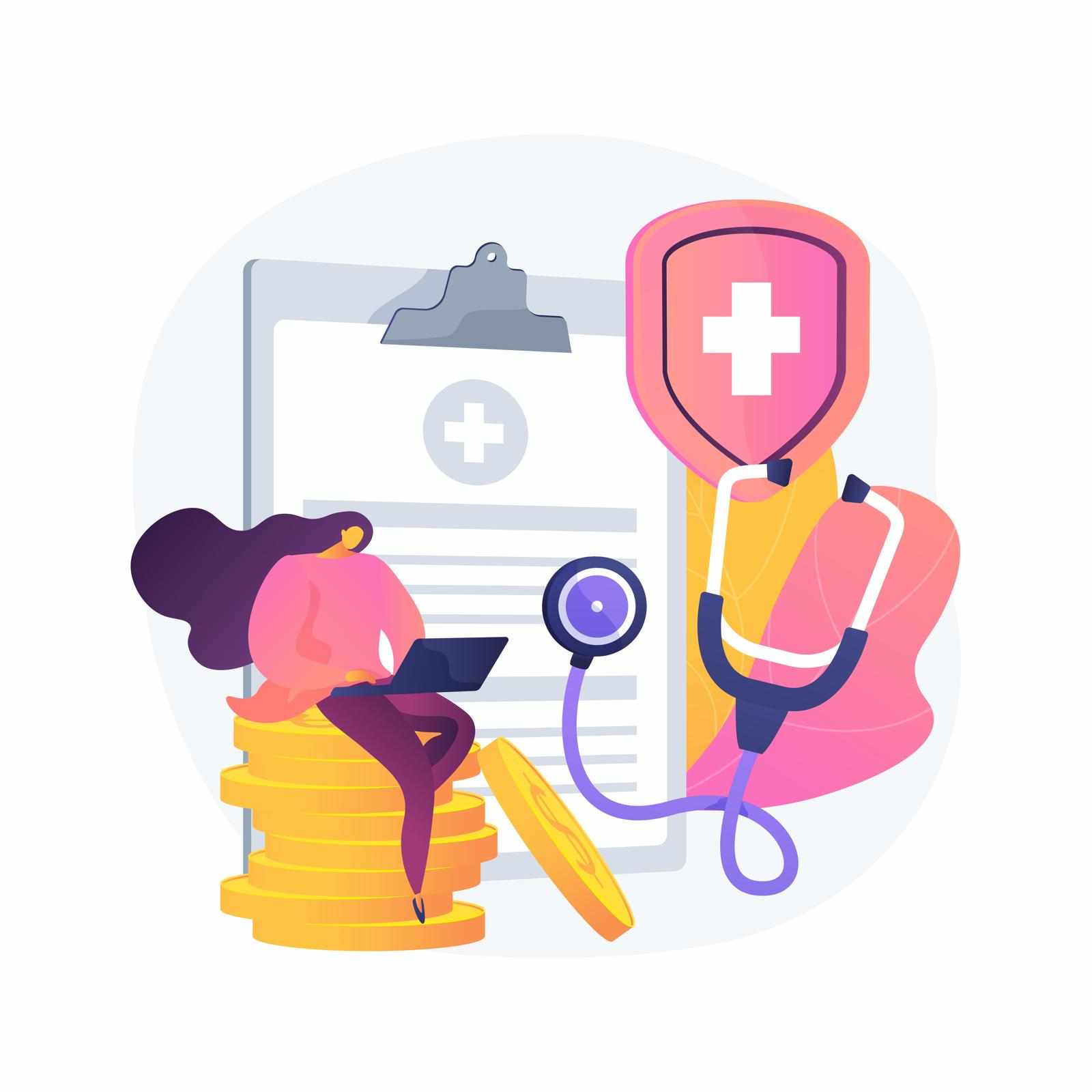
In the ever-evolving landscape of healthcare, hospitals are constantly seeking innovative ways to improve patient experiences and service quality. One groundbreaking solution that has emerged is the implementation of QR-based feedback systems. These ingenious tools are revolutionizing the way hospitals collect, analyze, and act upon patient feedback. As qr based feedback systems revolutionize hospital care, we're witnessing a transformation in how healthcare providers engage with patients and enhance their services.
Power of Instant Feedback
QR-based feedback systems offer a quick and efficient method for patients to share their thoughts and experiences. By simply scanning a QR code with their smartphones, patients can access surveys or feedback forms instantly. This immediacy captures real-time impressions, providing hospitals with valuable insights into their service quality.
Benefits for Patients
1. Convenience: No need for paper forms or lengthy interviews.
2. Anonymity: Patients feel more comfortable sharing honest opinions.
3. Accessibility: Available 24/7, allowing feedback at any time.
Advantages for Hospitals
1. Real-time data collection: Instant access to patient sentiments.
2. Cost-effective: Reduces the need for manual data entry and analysis.
3. Higher response rates: The ease of use encourages more patients to participate.
Implementing QR-Based Feedback Systems
Hospitals can strategically place QR codes throughout their facilities, from waiting rooms to patient rooms, and even on discharge papers. This ubiquity ensures that patients have multiple opportunities to provide feedback at various touchpoints during their hospital stay.
Key Placement Areas
- Reception desks
- Cafeterias
- Nursing stations
- Pharmacy counters
- Outpatient clinics
Analyzing the Data
The true power of QR-based feedback systems lies in the analysis of collected data. Advanced analytics tools can process this information to identify trends, areas of excellence, and opportunities for improvement.
Data-Driven Decision Making
With a wealth of patient feedback at their fingertips, hospital administrators can make informed decisions about:
1. Staff training programs
2. Resource allocation
3. Facility improvements
4. Patient care protocols
Closing the Feedback Loop
One of the most critical aspects of any feedback system is the action taken in response to the input received. QR-based systems allow hospitals to close this loop efficiently.
Rapid Response Protocol
1. Immediate alerts for urgent issues
2. Weekly review of feedback trends
3. Monthly action plans based on recurring themes
4. Quarterly reports to stakeholders
Enhancing Patient Engagement
QR-based feedback systems do more than just collect data; they actively engage patients in the improvement process. This engagement can lead to increased patient satisfaction and loyalty.
Building Trust Through Transparency
When patients see that their feedback is valued and acted upon, it builds trust in the healthcare system. Hospitals can showcase improvements made based on patient input, creating a positive feedback cycle.
Overcoming Challenges
While QR-based feedback systems offer numerous benefits, there are challenges to consider:
1. Digital divide: Ensuring accessibility for patients without smartphones
2. Privacy concerns: Implementing robust data protection measures
3. Survey fatigue: Designing concise, relevant questionnaires
Future of Hospital Care
As technology continues to advance, QR-based feedback systems are likely to evolve. Integration with artificial intelligence and machine learning could lead to predictive analytics, helping hospitals anticipate and address issues before they arise.
Potential Developments
- Voice-activated feedback options
- Integration with wearable health devices
- Personalized follow-up surveys based on patient history
Conclusion
QR-based feedback systems are more than just a technological trend; they represent a fundamental shift in how hospitals approach patient care and service improvement. By providing a direct line of communication between patients and healthcare providers, these systems are helping to create more responsive, patient-centered healthcare environments.
As hospitals continue to adopt and refine these systems, we can expect to see significant improvements in patient satisfaction, care quality, and overall health outcomes. The future of hospital care is here, and it's as simple as scanning a QR code.
Are QR-based feedback systems secure?
Yes, when implemented correctly, these systems use encryption and secure data handling practices to protect patient privacy.
Can elderly patients use QR-based feedback systems?
Many elderly patients are comfortable with smartphones, but hospitals often provide alternatives like tablets or assistance from staff for those who need it.
How often should hospitals review feedback from QR-based systems?
It's recommended to review feedback daily for urgent issues and conduct more comprehensive analyses weekly or monthly.
Can QR-based feedback replace traditional patient surveys?
While they can complement traditional surveys, QR-based systems are often used in conjunction with other feedback methods for a comprehensive view of patient experiences.
How can hospitals encourage patients to use QR-based feedback systems?
Hospitals can educate patients about the system upon admission, provide clear instructions, and emphasize the importance of their feedback in improving care.




















Write a comment ...